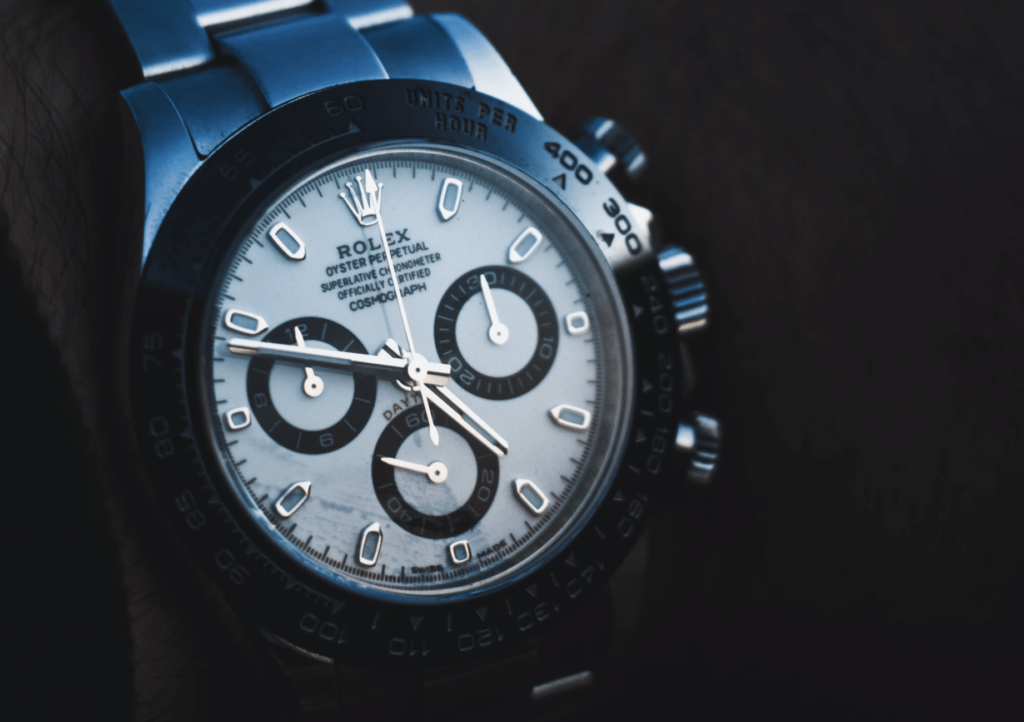The use of non-compete agreements have proven a hot topic in fashion over the past several years, in particular. Former Yves Saint Laurent creative director Hedi Slimane initiated a lawsuit against the Paris-based design house for failing to honor the non-compete agreement in his contract. Slimane argued that upon leaving YSL, the brand did not uphold the clause, along with the corresponding financial element. A French labor court has since ordered YSL to pay him $13 million in connection with the contract terms.
More recently, New York-based fashion houses, Carolina Herrera and Oscar de la Renta, were embroiled in a down-right ugly battle over the terms of the non-compete agreement for de la Renta’s current co-creative director (and former Herrera design director), Laura Kim.
And in less dramatic instances, the fashion press was quick to note that Raf Simons could not make his transition from creative director of Christian Dior to the head position at Calvin Klein due to a strict non-compete with Dior. The same goes for former Celine CEO Marco Gobbetti, who was only recently able to commence work at Burberry due to the existence of such a clause in his contract with the LVMH-owned brand.
The Nature of the Non-Compete
For the uninitiated, non-compete agreements are restrictive covenants, which commonly come in the form of clauses in employment agreements or contracts, and which place terms on the employee once he or she has left the company with which he has entered into the agreement.
A non-compete places limits on the type of work an employee may accept upon departing from a company in order to prevent the transmission of valuable trade secret information. Because such agreements tend to place significant limitations on a former employee’s ability to earn a living, by legally preventing him from accepting employment with a competing company, courts tend to disfavor them and deem them unenforceable unless they are carefully tailored.
Such careful tailoring includes limits on the length of non-competes. Duration is a notoriously highly fact-specific inquiry conducted on a case-by-case basis, thereby, giving rise to a lack of a bright-line rule. As such, it is worth stating explicitly that there is a marked lack of uniformity in fashion (as well as other industry) in terms of the duration of non-competes, particularly as the major fashion capitals span New York, London, Milan, and Paris, and thus, are subject to different legal codes.
We can, however, generalize a bit and conclude that courts in New York have repeatedly held time restrictions of six months to a year are reasonable. In France, the maximum duration is 24 months. In the UK, where the law is the most restrictive in this respect, non-compete covenants are permitted for only 12 months. Italy’s civil code states that the maximum duration for a non-compete is three years for employees and five years for executives.
As for who is subject to non-competes, this is an evolving area. While most traditionally limited to high-level executives in the worlds of technology and sales and in corporate settings with tightly held trade secrets, non-competes have permeated a wider variety of industries and job titles. As noted by the New York Times’ Steven Greenhouse a few years ago, “From event planners to chefs to investment fund managers to yoga instructors, employees are increasingly required to sign agreements that prohibit them from working for a company’s rivals.” Falling neatly within this growing group are fashion industry individuals.
What About Clare Waight Keller and Natacha Ramsay-Levi?
In light of the strictness associated with these common contract clauses and their somewhat widespread application within the fashion industry, two recent appointments prove intriguing.
First up: Clare Waight Keller, Givenchy’s new artistic director, who is slated to show her first collection for the French house during Paris Fashion Week in October; her tenure will officially begin on May 2. Waight Keller resigned from her position as creative director of Chloé on January 30, suggesting that her non-compete agreement with Richemont-owned Chloé is slated to last for just three months.
Unfortunately, Waight Keller’s Chloe and Givenchy employment contracts are confidential and so, we are left to speculate. Nonetheless, given that French non-compete clauses may legally last for up to two years in France, the three-month duration of Waight Keller’s non-compete in going one from French brand (Chloé) to another (Givenchy) is interesting, as it is suspiciously short. This leaves us with the question: What else is going on here?
One thing comes to mind; there is a real chance here that LVMH may have paid Chloé to release Waight Keller from her non-compete. (Note: Some contracts include the option to buy-out of the non-compete, and the sports and entertainment industries – and maybe even fashion – are seeing an uptick in the utilization of such provisions, and even absent an explicit, clause buy-outs can still be arranged between employers).
It is also interesting that former Louis Vuitton design director Natacha Ramsay-Levi is making an even swifter transition from the Paris-based design house Chloe, which was left with an empty creative director position when Waight Keller left. Louis Vuitton’s Fall/Winter 2017 collection, which took place on March 7, was Ramsay-Levi’s last, and just days later, on March 10, it was announced that she would join Richemont-owned Chloé as creative director, effective April 3.
Such a move raises a few key questions, the most central of which being: How is such a timeline possible in light of what we know about non-compete clauses? The specific instance likely includes some interesting elements that differentiate it from any other similar situation (contracts and the application of their terms are always rather case-specific, after all). For instance, it is essential to note that Louis Vuitton’s parent company, LVMH, is one of the more inflexible when it comes to its design talent.
Raf Simons, for example, was forced to serve out a 9-month non-compete before joining Calvin Klein; it is worth considering, though, that Dior is LVMH chairman Bernard Arnault’s most prized jewel in his vast empire of fashion brands. As such, the contractual obligations associated with the creative director position for Dior are notoriously quite a bit more stringent than for similarly situated houses.
Another LVMH brand, Pucci, gives a vastly different impression, after all. The Italian design house seemingly did not require creative director Peter Dundas to refrain from working for a competitor for more than a month after he left his post. Dundas began his tenure at Italian design house Roberto Cavalli in March 2015, just days after the announcement that he was out at Pucci.
Is it unclear how long the duration of Riccardo Tisci’s non-compete with Givenchy is. However, according to reports, a non-compete is very much in play. Tisci, who left Givenchy in January after a 12-year tenure, is said to be currently unable to take up the creative director position at Versace as a result of an iron-clad agreement with LVMH-owned Givenchy.
Unlike Simons, Dundas, and Tisci, however, Ramsay-Levi was not in a creative director position at Louis Vuitton, but instead, served as a design director. This distinction does not stand to have a significant effect on her non-disclosure terms, as such clauses are not in any way limited to creative directors.
The considerations in terms of whether to implement a non-compete agreement in an individual’s employment contract go beyond merely title and tend to center on the individual’s level of access to confidential company information. Given that Ramsay-Levi was Louis Vuitton creative director Nicolas Ghesquiere’s right hand, she certainly had access to an array of confidential information, thereby giving rise to the need for non-compete-style protections.
Other Protections
One thing that holds true in all cases: Taking confidential information from one employer to another can create claims of trade secret misappropriation, regardless of the duration of a non-compete clause. With this in mind, the former employers at play can rest (somewhat) easily knowing that they have that cause of action in their arsenal if suspiciously similar designs (to ones that were planned for future, as distinct from ones that were already shown) and/or marketing strategies come about.
Still yet, strict non-solicitation clauses – ones barring departing employees from soliciting any clients, customers, and/or employees of her former employer for her own benefit or for the benefit of a competitor, after leaving the company for a certain period of time – are almost certainly in play in the contracts at issue, thereby further minimizing the risk of harm.
These considerations, paired with rising criticism for non-competes (by legal scholars and courts, alike), as well as external considerations (such as big bad conglomerates willing to pay their way out of such terms in order to get their hands on the talent early) seem to help explain why some individuals’ restrictions seem to be waining. There is also an argument that with the lessened duration of these individuals’ tenures (creative directors used to stay put for ten years and now are seen jumping from brand to brand in roughly three-year intervals) comes a need to rethink and modify the restrictive covenant.











